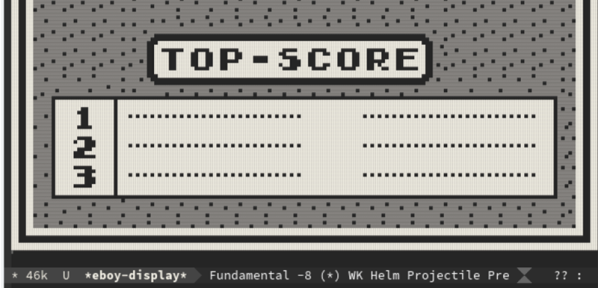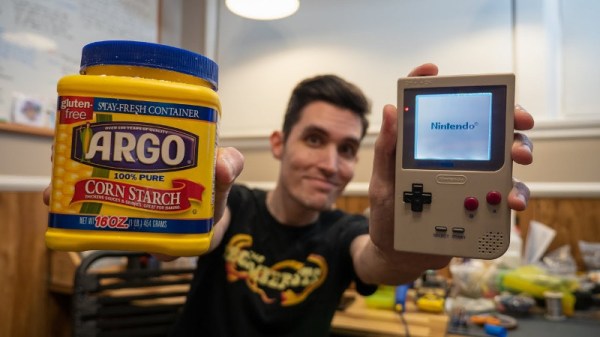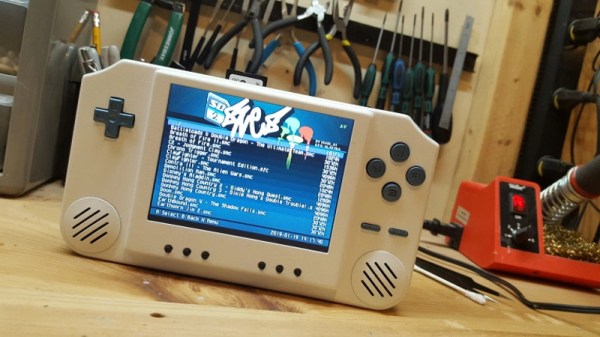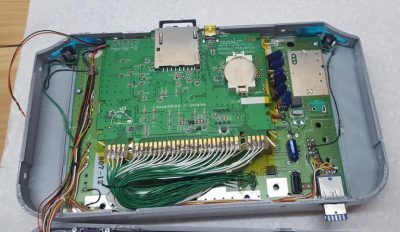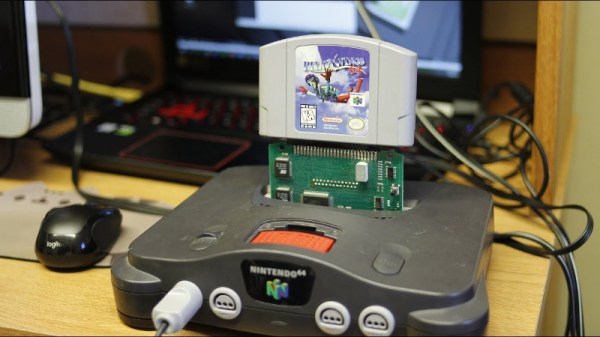The Zelda series of games are known for their exciting gameplay, compelling story, but also their soundtracks. From fast-paced boss battles, to scenes of emotional turmoil, these tunes have been pumped out millions of Nintendo consoles over the years. [Tyler Barnes] has been a fan for a long time, and decided to produce a compilation of some of these tracks – delivering it on cartridge, of course.
The music was created using the Music Macro Language, and encoded into the NSF format ready to play on the Nintendo Entertainment System. [Tyler] has coded a menu system that allows the user to pick which tracks they wish to listen to. There’s some pretty parallax animations as well, along with an easter egg for those who know the games well enough to unlock it.
[Tyler] hopes to burn a few EEPROMs and send out some custom carts, either using donor carts or fresh builds. If you’re a fan of NES music but need your C64 fix as well, there’s a solution for that too. Video after the break.



